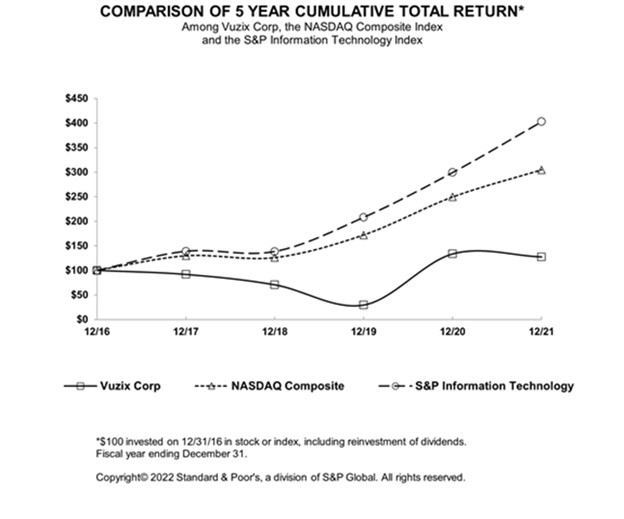in legal fees of $319,831; a decrease in IT and security consulting fees of $150,000; and a decrease in travel related expenses of $184,300 due to 2020 pandemic conditions.
Depreciation and Amortization. Depreciation and amortization expense for the year ended December 31, 2020 was $2,458,482 as compared to $2,441,581 in the same period in 2019, an increase of $16,901. The increase in depreciation expense is due to new investments in depreciable assets, including manufacturing equipment and molds placed into service from construction-in-progress, largely offset by a reduction in depreciation expense related to our leasehold improvements in our West Henrietta, New York location, which became fully amortized in October 2020.
Other Income (Expense), Net. Total other income, net was $1,175,292 for the year ended December 31, 2020 as compared to income of $89,872 in the comparable period in 2019. The overall increase of $1,085,420 in other income was primarily the result of a net increase in Gain on Debt Extinguishment, net of Loss on Note Receivable of $1,305,900. This net gain resulted from our $1,555,900 gain realized on the forgiveness of our Paycheck Protection Program Loan by the SBA, partially offset by our $250,000 loss on a term note we purchased in 2019; an increase of $15,620 in foreign exchange losses; and a decrease of $211,296 in investment interest income, as interest rates decreased significantly in 2020, as compared to interest rates in 2019.
Provision for Income Taxes. There were no provisions for income taxes in 2020 or 2019.
Liquidity and Capital Resources
Capital Resources. As of December 31, 2021, we had a cash and cash equivalents balance of $120,203,873, an increase of $84,134,365 from $36,069,508 as of December 31, 2020.
As of December 31, 2021, we had current assets of $137,150,154 as compared to current liabilities of $4,155,965, which resulted in a positive working capital position of $132,994,189. As of December 31, 2020, we had a working capital position of $41,959,763. Our current liabilities are comprised principally of accounts payable, accrued expenses and operating lease right-of-use liabilities.
Summary of Cash Flows:
The following table summarizes our select cash flows for the periods indicated:
| | | | | | | | | |
| | December 31, | | December 31, | | December 31, |
| | 2021 | | 2020 | | 2019 |
Net Cash Provided by (used in) | | | | | | | | | |
Operating Activities | | | (26,980,411) | | | (13,964,053) | | | (22,355,020) |
Investing Activities | | | (4,852,452) | | | (1,485,513) | | | (3,157,539) |
Financing Activities | | | 115,967,228 | | | 40,912,983 | | | 18,855,007 |
| | | | | | | | | |
During the year ended December 31, 2021, we used $26,980,411 of cash for operating activities as compared to $13,964,053 in 2020. Net changes in working capital items were $6,999,382 for 2021, which included (i) $6,590,127 of investments in inventory and vendor prepayments for M400 components; (ii) a $853,547 increase in customer receivables and (iii) a $526,825 increase in other prepaid expenses, partially offset by an increase in trade payables and accrued expenses of $973,883.
During the year ended December 31, 2021, we used $4,852,452 of cash for investing activities, which includes $3,809,268 for purchases of manufacturing equipment, product mold tooling, and chip design and tooling fees, $593,184 of investments in patents and trademarks, $250,000 in the purchase of software operating system license upgrades for our smart glasses platform, and a $200,000 equity investment in a strategic business partner. For the year ended December 31, 2020, we used a total of $1,485,513 in cash for investing activities.
